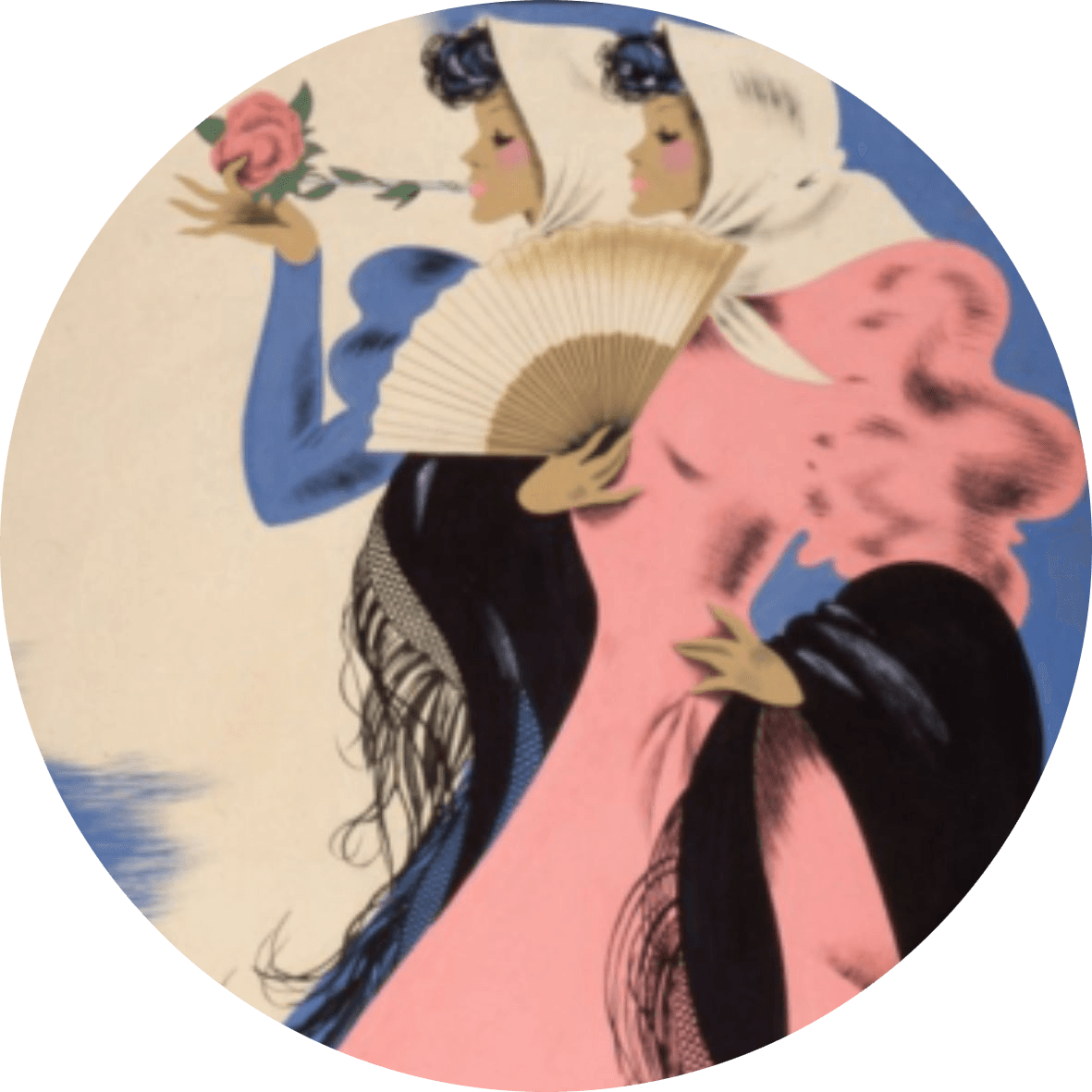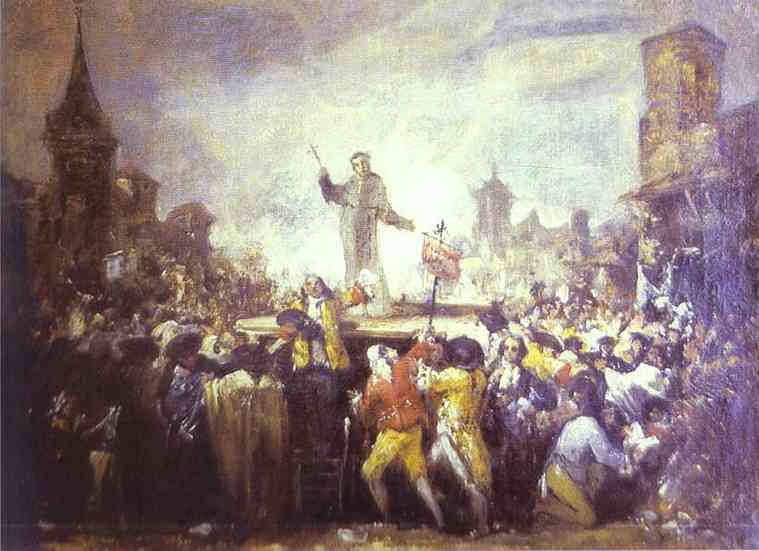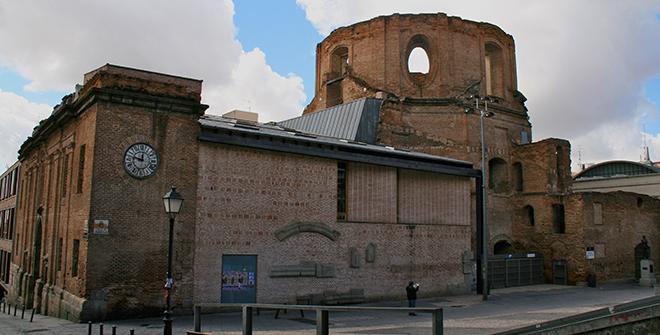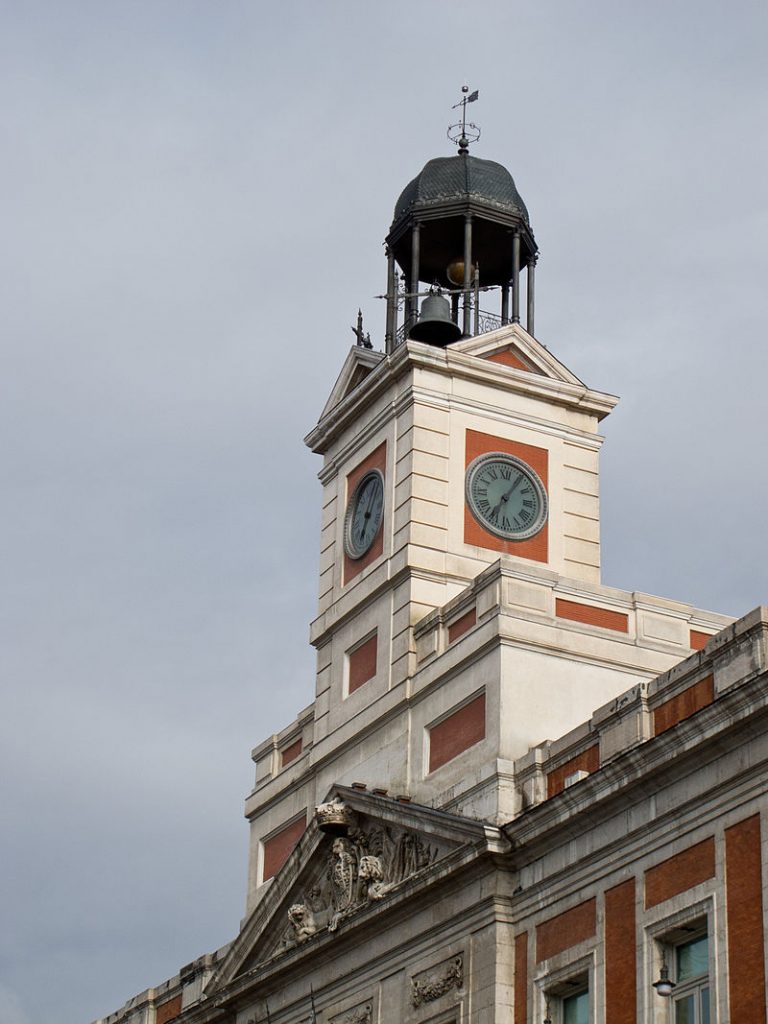A chilling tale
A curious coincidence recently led me to visit 69 Calle Mayor twice in the space of one week. My first visit was to attend a Japanese conversation session held at the Japan Foundation, the second was an art exhibition in the basement. Both times I noticed a slight chill when I walked through the ancient stone doorway and this got me wondering about the history of the building. Be warned fair reader, what I discovered is not for the faint of heart!
Built around the late 16th and early 17th century and formally known as the Palacio de Cañete, this handsome townhouse was the property of one Marquess of Cañete. Legend has it that its noble owner was found dead in 1654, run through with a sword, following a meeting with Antonio Amada, an important member of the clergy. The priest was promptly put to death and, according to the custom of that day, his severed hand hung from the door. But this grizzly tale does not end here. From what I’ve gleaned from Secretos de Madrid and Mirador Madrid, this was the start of a series of creepy paranormal events.
Going bump in the night
Those that lived there reported candles going out and spontaneously lighting up, furniture moving itself across rooms, terrible shrieks issuing from empty rooms, even the severed hand of Amada and the Marquis himself appearing to terrified witnesses. This violent haunting only came to an end years later when one of the Marquis’ servants confessed on his deathbed that he had murdered the Marquis for trying to seduce his wife.

At the end of the 19th century, the building passed into the hands of the state and, in 2010 was renovated and partly put to use as the Centro-Sefarad-Israel, an organization that works in part to educate the Spanish public about Jewish culture. This donation itself is part of a larger package put together by the Spanish state to atone for the expulsion of the Sephardi Jews in 1492 during the reign of Isabella and Ferdinand and their subsequent persecution in the infamous autos de fe. Many Sephardi Jews who could prove their Spanish heritage have recently been granted Spanish citizenship in a law that went into effect in October 2015. Which is all well and good, though why this law didn’t extend to Muslim families expelled from the country around the same time is a sticky subject perhaps best left to another post.
If you fancy visiting the Palacio de Cañete, Centro-Sefarad regularly holds exhibitions open to the public. In addition, the Japan Foundation has a very nice library there where you can while away an quiet afternoon reading, that is if you’re not bothered by the prospect of accusatory severed hands appearing out of the ether!
Keen to find out more about the history of Madrid? See another side of the city with one of my unique walking tours.






Pingback: Where to find a bathroom in Madrid - The Making of Madrid